Clerics! Seminarians! Rejoice!
I received a new book for review from the Canons at St. John Cantius in Chicago.
This is a book they prepared.
Here is the LINK. Before I even tell you about it, it costs US$275.
Worth every penny.
This is a book, if you are a priest, seminarian, lay person involved in liturgical worship in the Extraordinary Form, You.Should.Buy.
Go to the site. They have some useful PDFs.
Priests, deacons (actual deacons and priests who serve as deacons), laymen who serve as “straw subdeacons”… must sing texts. You wind up looking at examples of paradigmatic texts in, say, the Liber Usualis, and then you look at the Missale, perhaps making a photocopy, perhaps penciling in lines under the vowel where you are supposed to go up….
Sound familiar?
This book has it all. Or almost this book, because it is volume ONE.
Adequately bound. I am not quite sure it needs this many ribbons, but anything worth doing is worth over doing.
The cover extends beyond the gilded pages, which will help to protect them
The book is large enough to be held and, importantly, read easily.
What’s in this book?
All the tones a priest, deacon or subdeacon, needs to sing every oration that must be sung during a Solemn (or Sung) Mass in the Extraordinary Form.
Wanna practice? Every Sunday – even all the orations of Holy Week – you can work with musical notation for all the orations and all the readings for Mass rather then guess how to sing them.
I am a good singer. I know Latin. I know how to sing an oration and readings in various tones. But I make mistakes when I have to do them on off the cuff.
For priests who don’t have such a formation, it must be very hard to work up singing a reading from a Letter of St. Paul, a long Gospel.
Father… have a Solemn Mass? You could sing directly from this book. It will even lie open well on an altar stand (I tried it). The binding is sewn.
It is not the most elegant binding. It is uneven through the volume. But it will last and the book lies open.
Think about this.
Imagine you are a lay person, a member of group which wants the older form in your parish. The priest is willing, but maybe reluctant. He has looked at the Extraordinary Form but it is all still intimidating. He was never trained in the chants, the music, what to sing.
You can buy this book and he can work from it.
This book can take a lot of guesswork and anxiety out of a more solemn, sung Roman Rite.
Also, nothing… nothing like it exists for the Ordinary Form.
Do you want to know how Roman orations are sung in their simple and solemn and ferial tones?
Don’t guess from a template. But the book.
Give this book to every priest and seminarian and BISHOP you know. Every BISHOP needs this book.
Here is how it is described:
This the perfect companion to the 1962 Missale Romanum at any sung Mass—whether it is the Missa Cantata, the Missa Solemnis, or the Missa Pontificalis!
Buy.
UPDATE:
I agree with the comment made over at Rorate that the titles on the pages for the Sundays and feasts, and even some rubrics within the chant staves, should have been in Latin. Not Latin, for Latin’s sake, but rather to make it more language-group neutral and therefore, perhaps, more marketable.
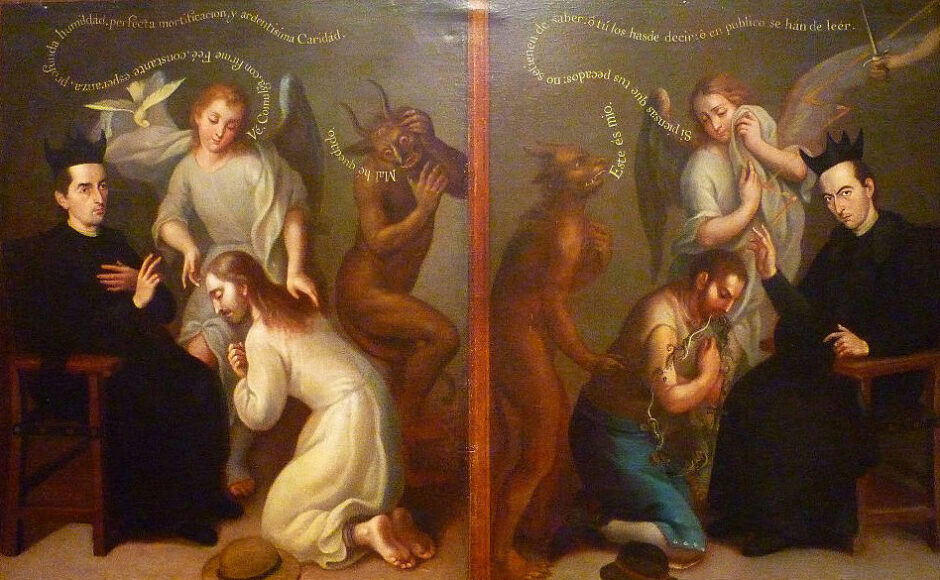
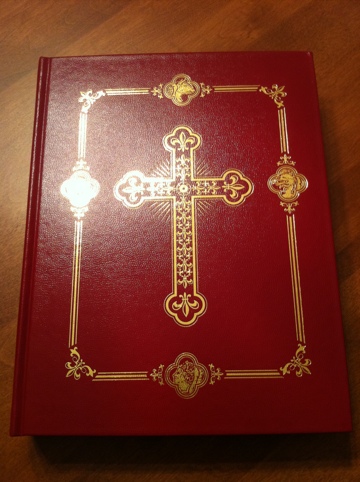
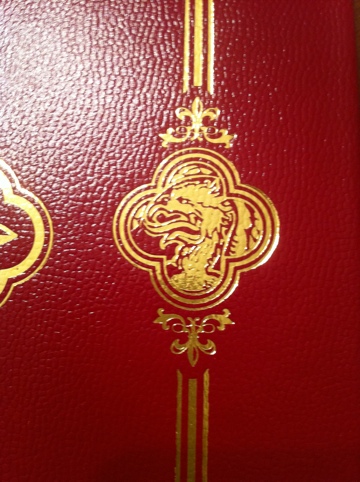
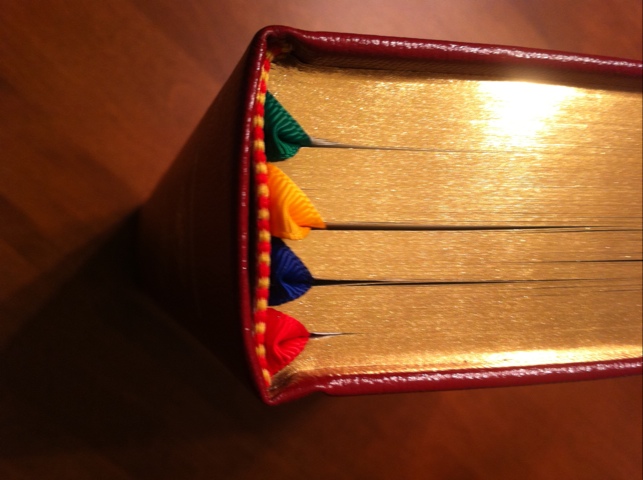

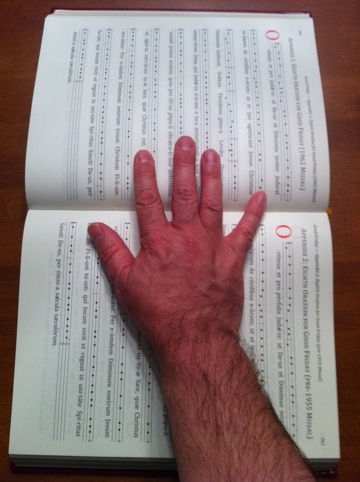
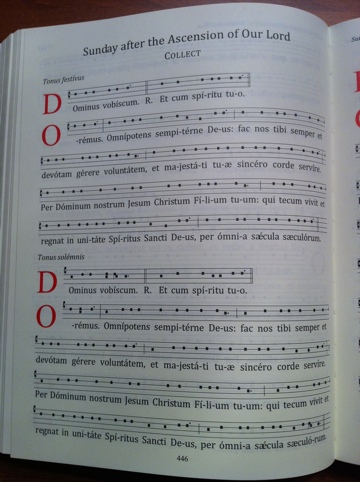
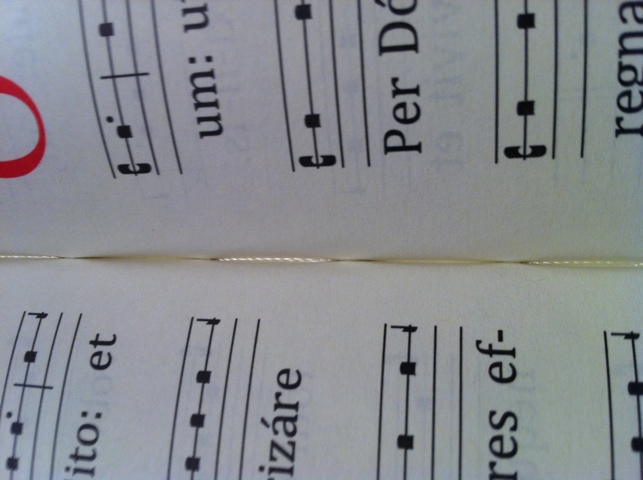
































Would be great to have something like this for the Ordinary Form as well.
This looks great! I will order one and use it. We have a Missa Cantata every Sunday at my church. In the mean time for those who may not be able to afford it there is an excellent online resource at: http://www.windsorlatinmass.org/latin/chant.htm
They also have all the music needed for Sundays and solemnities and they can be easily printed and used. It’s VERY helpful and free!
@Colm: There is something like this for the Ordinary Form. The Ordo Missae in Cantu was published by Solesmes in 1995.
There are also resources available for the Ordinary Form in English by chant scholar Dr. Edward Schaefer (http://www.priorypress.com/products/products.htm). Unfortunately, the Missa Cantata notated sacramentary will be obsolete when we start using the new translation of the Missal. However, the notated book of the Gospels will still be useful, as will the booklet on Singing the Prayers and Readings at Mass.
Credit must be given where credit is due. The author of this work is not the Society of St. John Cantius, but rather Mr. Michel Ozorak of Windsor, Ontario. The Society provided a valuable service by publishing these Chant Sheets in book form, however as Fr. Selvester points out above, they have been available on-line for several years, and will continue to be, on the web site of Mr. Ozorak’s parish, Windsor’s Assumption Church.
So this is Vol. I; what part of the to-be-revealed-later whole does it contain? Does it just have chants for the temporal cycle but not the sanctoral cycle or something? What will be contained in the next volumes?
Why will the Missa Cantata notated sacramentary be obsolete when we start using the new ENGLISH translation of the Missal? None of the Ordo Missae in Cantu is in English and none of the texts of the Mass in Latin or their musical settings are changing. Are we referring to the same book?